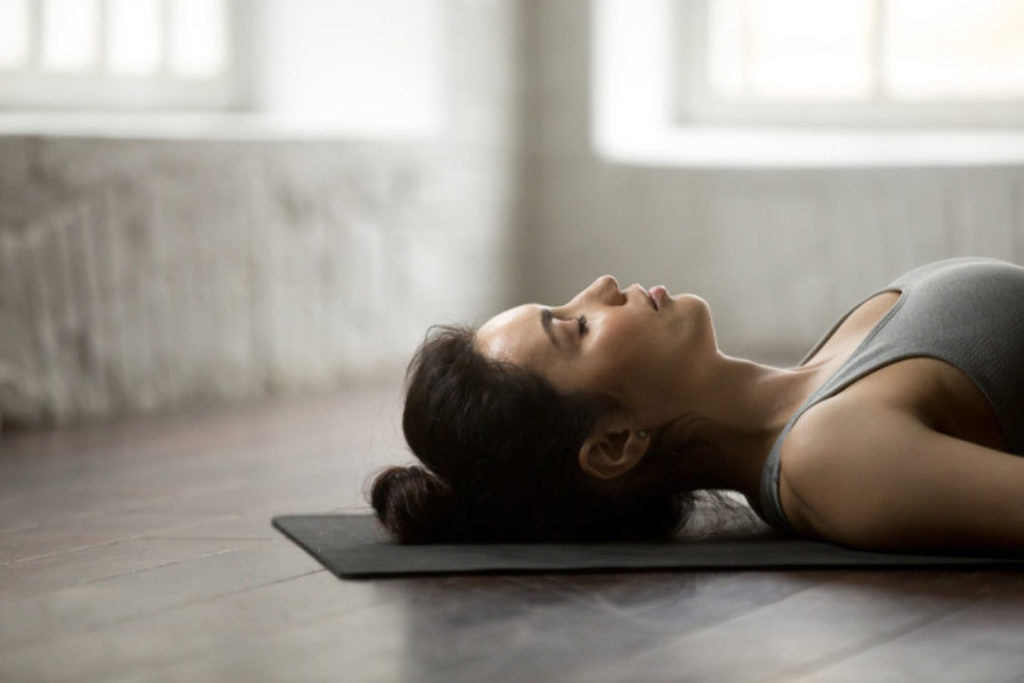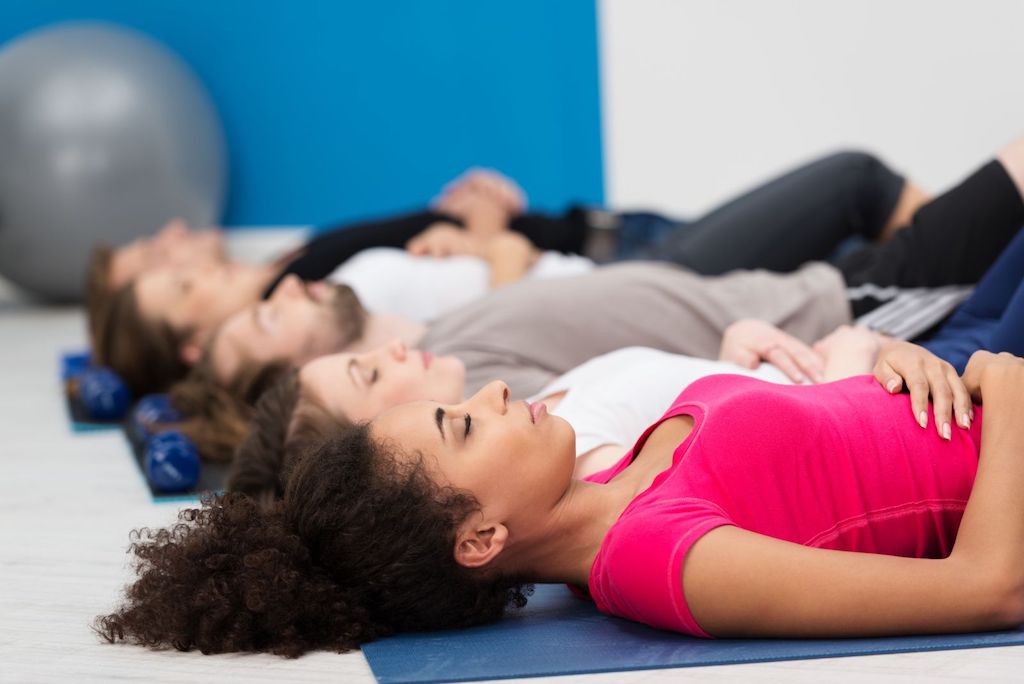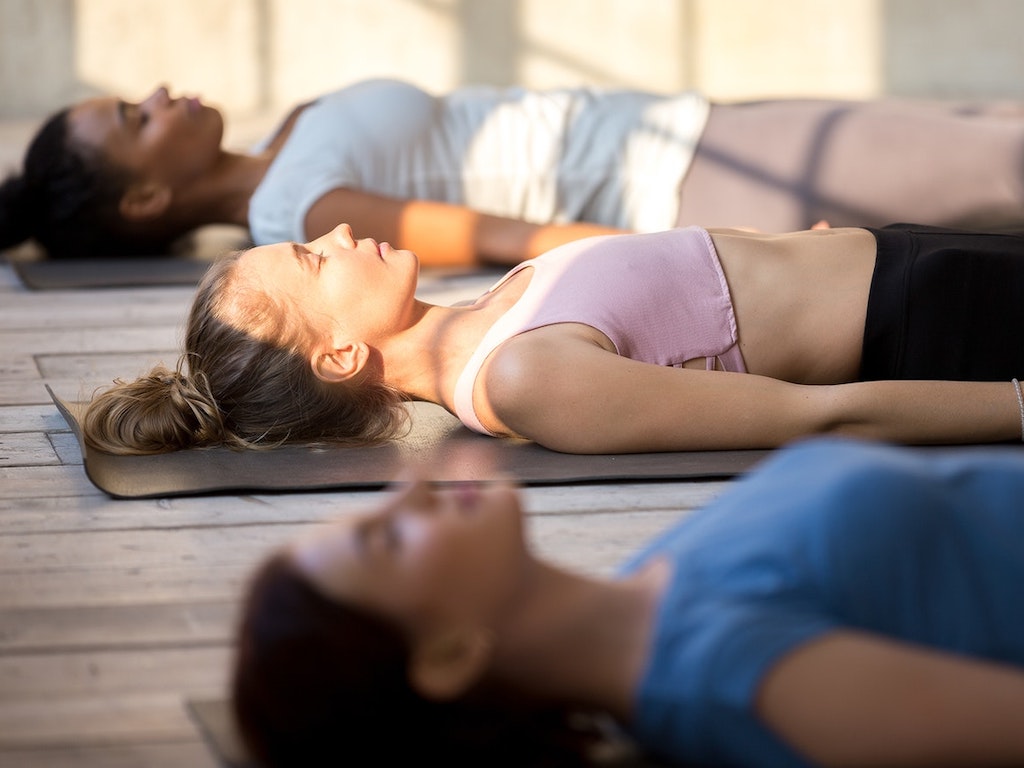4 Mins Read
Breathwork is totally having a moment this year as more people begin to return to the basics of health and wellness. Especially given the current stressful circumstances due to the coronavirus pandemic, many are in search of natural methods to soothe our mind, soul and body. Despite the fact that breathwork is getting all the hype and attention, for many of us, it is still a term mired in confusion. Below, everything you need to know from what breathwork is to why we should all introduce it as a part of our well-being arsenal.
What is breathwork exactly?
Breathwork is a general term used to refer to any type of breathing practices and breathing exercise therapy to improve mental, physical and spiritual health. During breathwork, you consciously and intentionally change your breathing pattern using different techniques. These attentive breathing exercises require you to be aware of your inhales and exhales, and have different variations of timing and patterns of breathing.
Aigul told us that in general, breathwork involves a “set of exercises and techniques that can fundamentally alter your health, leaving you feeling focused, energised, and deeply relaxed.”
Where does breathwork originate from?

While breathwork is a new-age term, many breathing techniques and breath-based therapies have been around for thousands of years in spiritual and traditional roots. This explains why breath is still a core foundation of many meditation, yoga and qi-gong schools originating in South and East Asia.
Breathwork was pioneered in the Western world in the early 20th century, most famously by Wilhelm Reich who used this non-verbal exercise as a form of therapy for emotional release, maintaining overall well-being and helping individuals stay centred while battling personal challenges. Today, it is practiced by everyone from professionals and crisis counsellors to astronauts and recreational breathworkers.
How is breathwork beneficial to health?
Ever since breathwork entered the health and wellness space, more scientific studies have been conducted to investigate the healing capacity of the practice. In 2012, medical doctors Richard P. Brown and Patricia L. Gerbarg highlighted in their book The Healing Power of the Breath the ability of various patterns of breathing to restore balance to the body’s stress systems, calm the mind, relieve anxiety and PTSD and improve physical performance, endurance and enhance interpersonal relationships.

Research supports the idea that breathwork can improve your overall emotional state, decrease levels of stress in otherwise healthy individuals, and aid positive self-development or self-awareness. Breathing exercises and techniques are also thought to help improve a range of other chronic issues such as anxiety, pain, depression and grief. Following a breathwork session, most people report feeling focused and energised, as well as mentally deeply relaxed, which in turn helps us think, feel and act better.
What are some of the different types of breathwork techniques?
There are many breathwork techniques, all of which are used or combined in various meditations and different approaches to the practice. Some of these techniques include box breathing, also known as square breathing and involves taking slow deep breaths. Diaphragmatic breathing is another technique where you breathe through your nose and experience the air moving down into your abdomen, which makes your stomach expand outward before exhaling slowly.
One of Aigul’s favourite exercises is called the Energy Shower, also known as the energetic shower, which when practiced properly can give you so much energy that some masters say it replaces coffee!
“Put your hands in front of your shoulders as if you were lifting the bar. As you inhale, spread your arms and fingers to different sides, as you exhale, throw them back slightly touching your ribs. Inhale with force (sniff) through the nose, let the exhale go, again through the nose. Do it 20 times, 3 cycles,” she explains.

“You might feel light-headed and hyperventilated,” Aigul adds. In fact, it’s quite common to experience this, and the best thing to do is to stop and take a deep breath, and if you are pregnant or have high blood pressure, this exercise is not recommended or should be done very lightly.
Another one of her favourites is 4:8 breathing, a technique that became legendary when Soviet cosmonaut Nikolai Rukavishnikov used it to calm himself and his team during an emergency when he led a 1979 space mission.
Walking us through the steps to complete a round of 4:8 breathing, Aigul said: “Before you start, slow down and breathe slowly with your belly. If you want to achieve maximum relaxation, the best way is to lie down. Inhale through the nose for 4 seconds, exhale through the mouth for 8 seconds, and repeat this process at least 10 times.”
One thing’s for sure: breathing better can only improve your day so what are you waiting for? Get inhaling!
Lead image courtesy of Adobe Stock.




